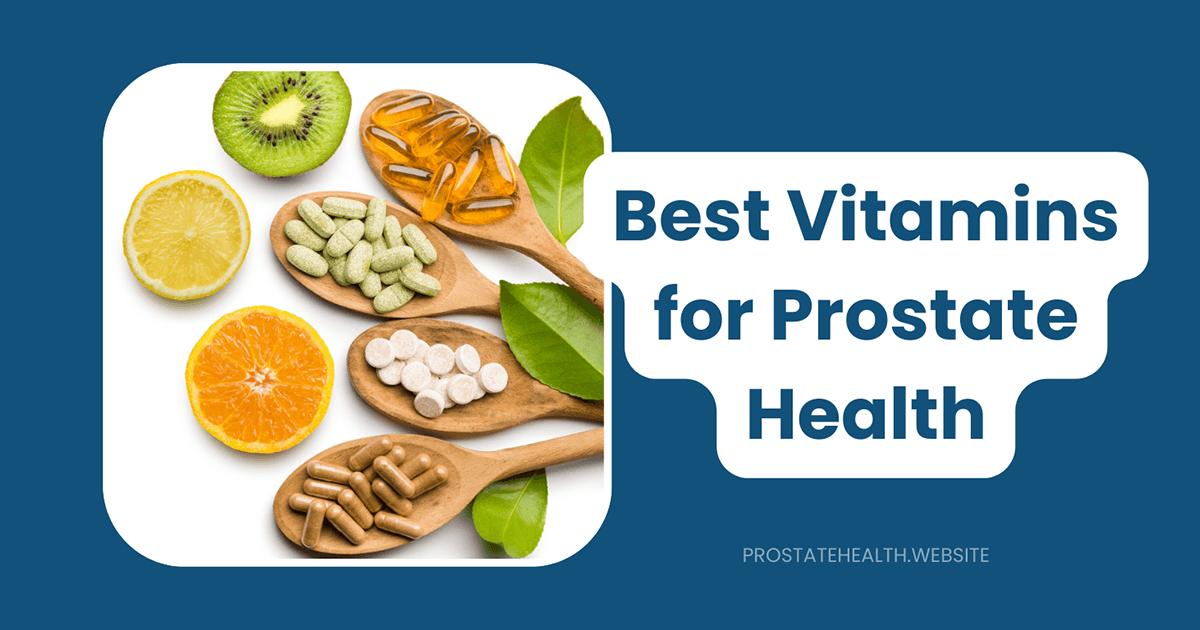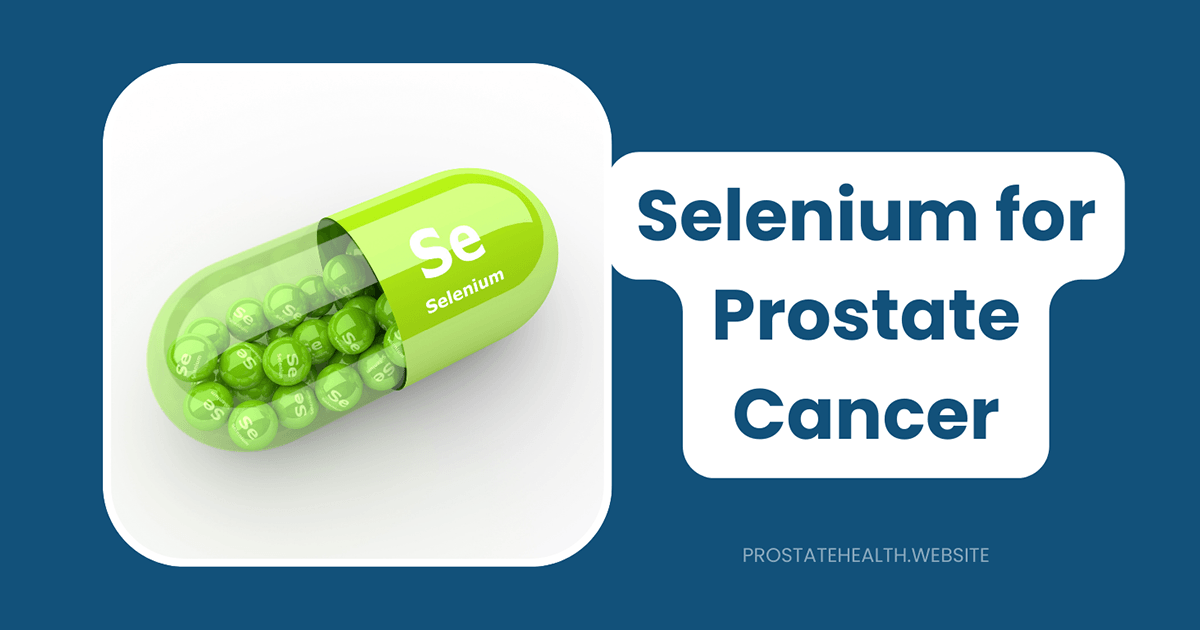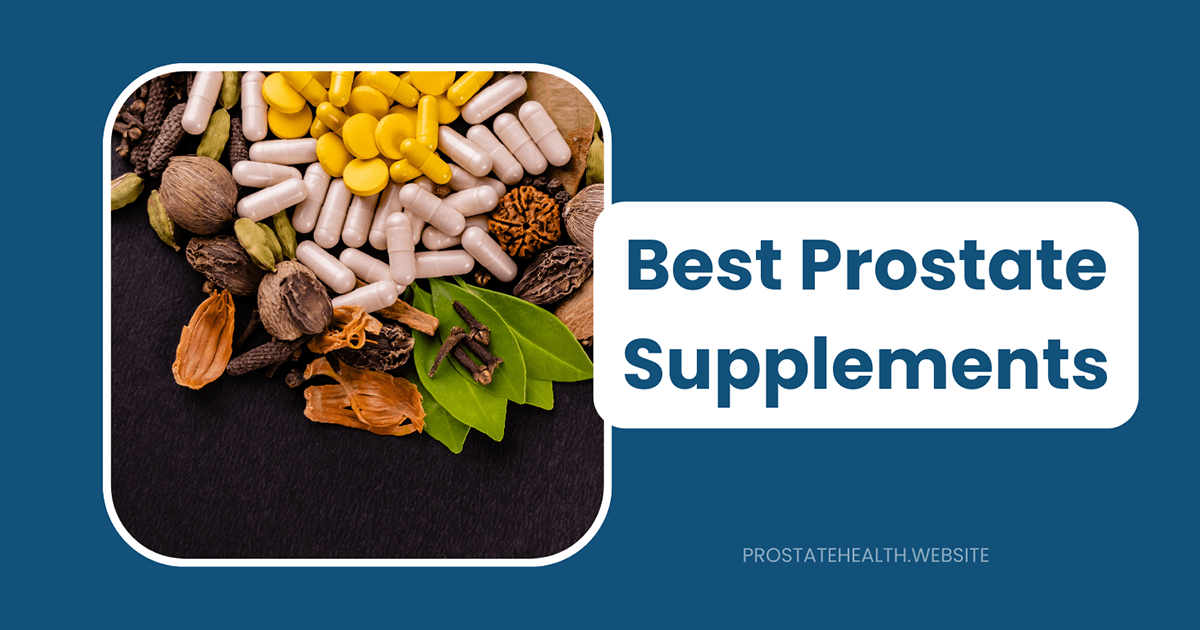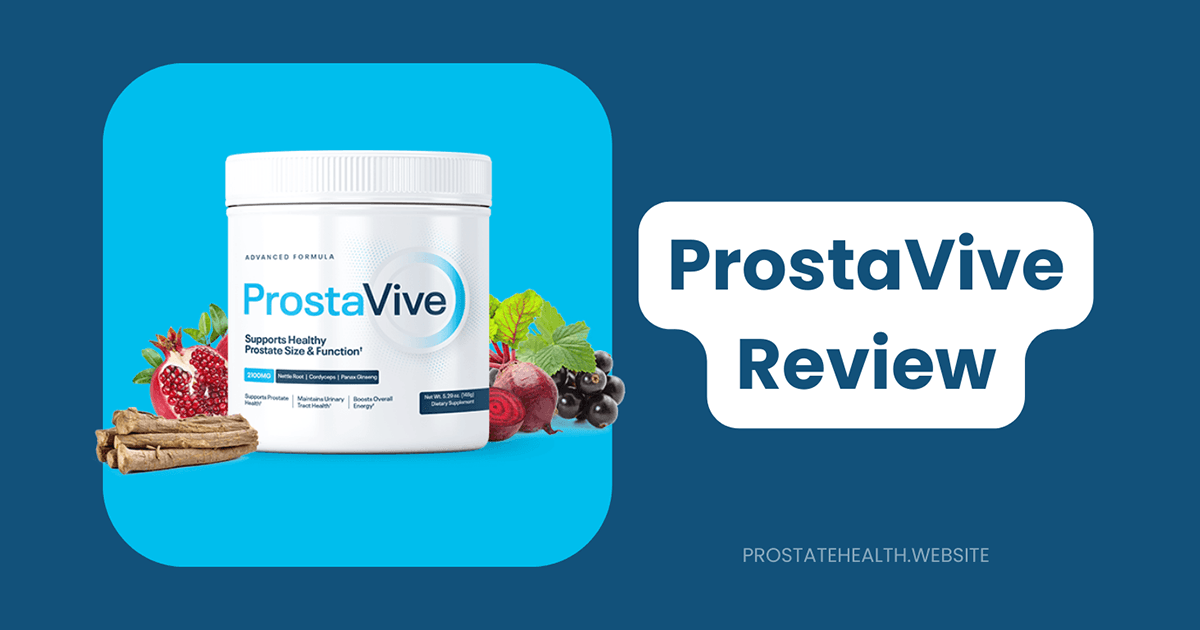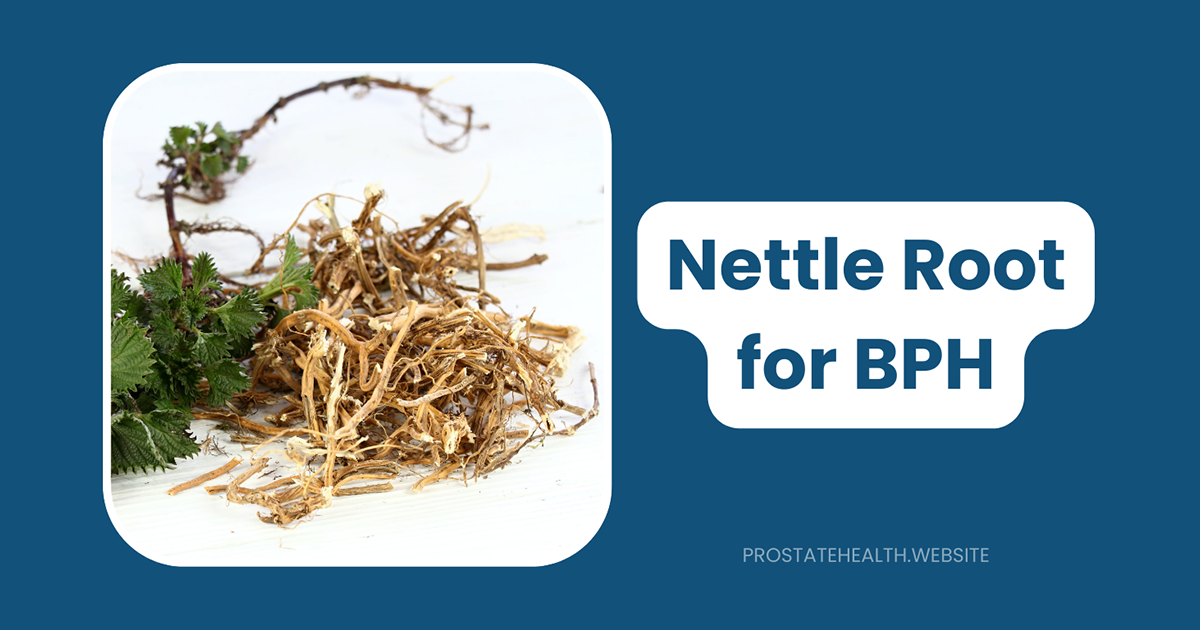Omega-3 Fatty Acids: How They Support Prostate Health
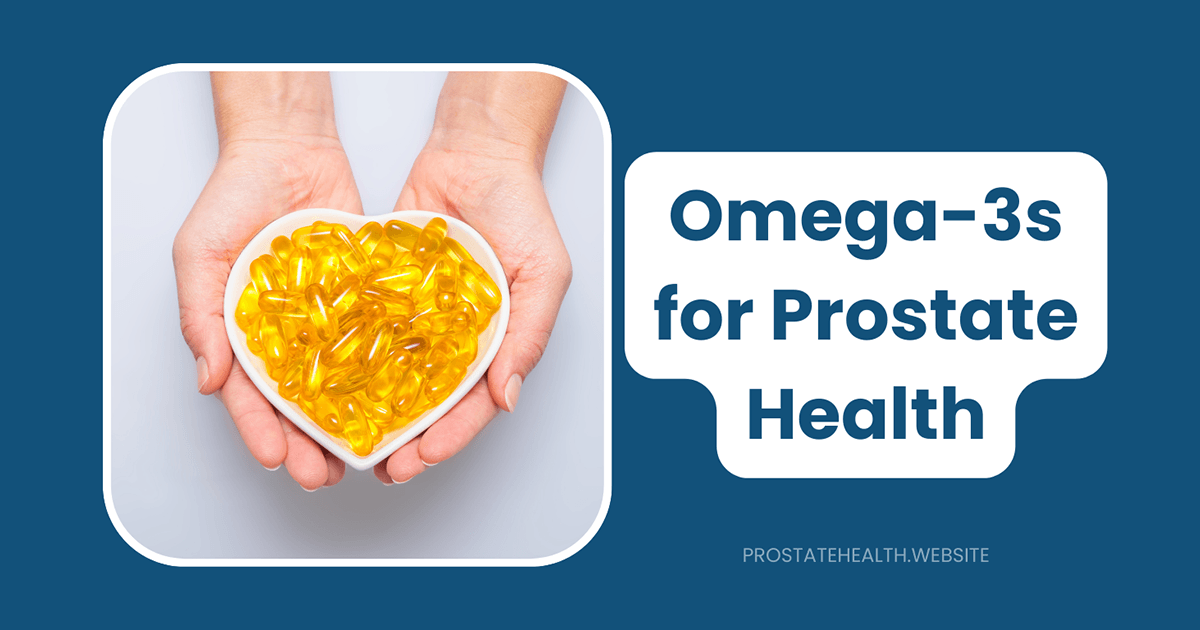
When it comes to prostate health, we often hear about the importance of regular screenings and exercise. But there’s another critical factor that deserves our attention: nutrition. Specifically, omega-3 fatty acids have emerged as key players in the prostate health conversation.
As someone who’s spent years advocating for men’s health, I’ve watched the research on omega-3s evolve from preliminary findings to compelling evidence. The relationship between these essential fats and prostate health is complex but increasingly important to understand.
Let’s dive into what omega-3 fatty acids are, how they affect your prostate, and practical ways to incorporate them into your life for optimal prostate health.
Understanding Omega-3 Fatty Acids: The Basics
Omega-3 fatty acids are a family of polyunsaturated fats that are essential for human health but cannot be produced by our bodies. We must obtain them through diet or supplements. The three main types of omega-3s are:
- Alpha-linolenic acid (ALA): Found primarily in plant sources like flaxseeds, chia seeds, walnuts, and some vegetable oils.
- Eicosapentaenoic acid (EPA): Primarily found in fatty fish and seafood, EPA has potent anti-inflammatory properties.
- Docosahexaenoic acid (DHA): Also found in fatty fish, DHA is crucial for brain health and cellular function.
While our bodies can convert ALA into EPA and DHA, this conversion is inefficient—typically less than 15%. This is why direct consumption of EPA and DHA through fish or supplements is often recommended.
The Omega-3 and Omega-6 Balance: A Critical Factor
One of the most important aspects of fatty acid nutrition is the balance between omega-3 and omega-6 fatty acids. Omega-6 fatty acids, while also essential, are abundant in the Western diet through vegetable oils, processed foods, and grain-fed animal products.
The optimal ratio of omega-6 to omega-3 should be around 3:1. However, the typical Western diet often contains ratios as high as 20:1 or even 30:1, creating a pro-inflammatory environment in the body that may contribute to various health issues, including prostate problems.
This imbalance may be a key factor in the higher rates of prostate issues seen in Western countries compared to those with traditional diets rich in omega-3s.
Omega-3s and Prostate Cancer: The Research Landscape
The relationship between omega-3 fatty acids and prostate cancer has been the subject of extensive research, with some seemingly contradictory findings. Let’s break down what the science tells us:
The Protective Effects
Recent research has shown promising results for omega-3s in prostate cancer management:
- A groundbreaking 2025 UCLA study published in the Journal of Clinical Oncology found that men with early-stage prostate cancer who followed a high omega-3, low omega-6 diet with fish oil supplements experienced a 15% decrease in cancer cell proliferation, while the control group saw a 24% increase.
- Multiple studies have shown that omega-3 fatty acids can slow tumor growth rates and lower PSA levels in both laboratory and clinical settings.
- Population studies consistently show that cultures with high fish consumption (like Japan) have significantly lower rates of prostate cancer mortality compared to Western populations.
- A 2024 meta-analysis found that frequent fish consumption was associated with a 48% lower risk of death from prostate cancer compared to infrequent consumption.
“Our findings suggest that dietary changes could potentially delay or prevent the need for more aggressive treatments in men with early-stage prostate cancer. This is particularly important for men on active surveillance who are looking for ways to take control of their health.” – Dr. William Aronson, lead researcher of the UCLA CAPFISH-3 trial
The Controversy
You may have heard about studies suggesting a link between high omega-3 levels and increased prostate cancer risk. The most notable was a 2013 study that found men with higher blood levels of omega-3s had a 43% increased risk of prostate cancer diagnosis.
However, this study had several limitations:
- It was observational and couldn’t establish causation
- It didn’t measure dietary intake of omega-3s, only blood levels
- It contradicted population studies showing lower prostate cancer rates in high fish-consuming populations
- Subsequent research has suggested the correlation may reflect metabolic factors rather than a direct causative relationship
It’s important to consider the totality of evidence rather than individual studies when evaluating nutritional impacts on prostate health.
How Omega-3s Support Prostate Health: Mechanisms of Action
Omega-3 fatty acids support prostate health through several biological mechanisms:
1. Anti-Inflammatory Effects
Chronic inflammation is a known risk factor for both benign prostatic hyperplasia (BPH) and prostate cancer. Omega-3 fatty acids have potent anti-inflammatory properties, inhibiting pro-inflammatory mediators such as:
- Leukotriene B4
- Interleukin-1β
- Interleukin-6
- Nuclear factor kappa B (NF-κB)
This anti-inflammatory action may help reduce prostatic inflammation and potentially slow disease progression.
2. Regulation of Cell Growth and Differentiation
Research indicates that omega-3 fatty acids may help regulate cell growth and promote proper cell differentiation in the prostate. This is particularly important for preventing the uncontrolled cell division characteristic of cancer.
3. Modulation of Hormone Activity
Omega-3s may help modulate androgen activity in the prostate. Since androgens (male hormones) can stimulate prostate growth and potentially cancer progression, this modulation could be beneficial for prostate health.
4. Influence on the Insulin-Like Growth Factor (IGF) Pathway
Diets high in omega-3 fatty acids may beneficially affect the IGF pathway, which plays a role in cell growth and cancer development. By optimizing this pathway, omega-3s may help prevent or inhibit malignant growth in prostate cells.
5. Delay in Androgen Independence
Some research suggests that omega-3 fatty acids may delay the conversion from androgen-sensitive to androgen-resistant prostate cancer cells—a critical factor in advanced prostate cancer management.
Omega-3s and Benign Prostatic Hyperplasia (BPH)
BPH affects approximately 40 million American men, causing symptoms like weak urine stream, frequent urination, and nocturia (nighttime urination). Research suggests omega-3 fatty acids may help with BPH in several ways:
- Reduced Prostate Volume: A 2023 study found that men with vitamin D deficiency who received omega-3 supplementation experienced significantly less prostate growth over time compared to controls.
- Improved Urinary Symptoms: Research has shown improvements in International Prostate Symptom Score (IPSS) with increased omega-3 intake.
- Lower PSA Levels: Some studies indicate that omega-3 supplementation may help maintain lower PSA levels, a marker often elevated in BPH.
- Reduced Inflammation: The anti-inflammatory effects of omega-3s may help reduce prostatic inflammation associated with BPH.
Nutritional approaches like omega-3 supplementation can be an important complementary strategy for managing BPH symptoms.
Practical Guidelines: Getting More Omega-3s for Prostate Health
Food Sources of Omega-3 Fatty Acids
The most direct way to increase your omega-3 intake is through food. Rich sources include:
EPA and DHA (marine sources):
- Fatty fish like salmon, mackerel, sardines, and herring (3-4 ounces provides about 1.5-2.5g of omega-3s)
- Oysters and mussels
- Algae and seaweed (good options for vegetarians)
ALA (plant sources):
- Flaxseeds and flaxseed oil (1 tablespoon of ground flaxseed contains about 1.8g of ALA)
- Chia seeds
- Walnuts
- Hemp seeds
- Soybeans and soybean oil
- Canola oil
Supplementation Options
For those who don’t regularly consume fish or need higher therapeutic doses, supplements can be beneficial:
Fish Oil Supplements:
- Typically provide about 1,000mg of fish oil per capsule, containing approximately 180mg EPA and 120mg DHA
- Look for products that have been molecularly distilled to remove contaminants
- Consider enteric-coated options to reduce “fishy” aftertaste
Algal Oil:
- Plant-based option suitable for vegetarians and vegans
- Contains primarily DHA, though some newer formulations include EPA as well
Krill Oil:
- Contains omega-3s in phospholipid form, which some research suggests may be better absorbed
- Often contains the antioxidant astaxanthin
Dosage Recommendations for Prostate Health
Based on recent research, including the 2025 CAPFISH-3 trial, here are general guidelines for omega-3 supplementation for prostate health:
- General prostate health maintenance: 1-2 grams of combined EPA and DHA daily
- For men with prostate cancer on active surveillance: 2-2.2 grams of combined EPA and DHA daily (the dose used in the successful UCLA trial)
- For BPH symptom management: 1-2 grams of combined EPA and DHA daily
Always consult with your healthcare provider before starting any supplement regimen, especially if you have existing health conditions or are taking medications.
Beyond Supplements: A Comprehensive Approach to Omega-3 Balance
Optimizing your omega-3 status isn’t just about adding more omega-3s—it’s also about reducing excessive omega-6 intake. Here are strategies to improve your overall fatty acid balance:
- Reduce processed food consumption: Processed foods are often high in omega-6-rich vegetable oils.
- Choose grass-fed meat when possible: Grass-fed animals have higher omega-3 content compared to grain-fed.
- Cook with olive oil or avocado oil instead of corn, soybean, or sunflower oils, which are high in omega-6.
- Eat more leafy greens and cruciferous vegetables, which contain beneficial compounds that work synergistically with omega-3s.
- Consider a Mediterranean-style diet, which naturally provides a better omega-6 to omega-3 ratio and has been associated with lower prostate cancer risk.
The Mediterranean diet for prostate health provides a comprehensive guide to this approach.
Potential Concerns and Considerations
While omega-3 fatty acids offer significant benefits for prostate health, there are some considerations to keep in mind:
Bleeding Risk
High doses of omega-3 supplements (typically above 3 grams daily) may increase bleeding risk, especially for those taking blood thinners like warfarin or aspirin. Consult your healthcare provider if you’re on these medications.
Quality Matters
Not all omega-3 supplements are created equal. Look for products that:
- Have been third-party tested for purity and potency
- Are free from heavy metals and other contaminants
- Specify the exact amount of EPA and DHA (not just “fish oil”)
- Use sustainable sourcing practices
Individual Variation
Response to omega-3 supplementation can vary based on genetics, existing diet, and overall health status. What works for one person may not work the same for another.
Whole Foods vs. Supplements
Whenever possible, prioritize whole food sources of omega-3s over supplements. Foods provide additional nutrients and compounds that work synergistically with omega-3s for overall health.
The Future of Omega-3 Research and Prostate Health
Research on omega-3 fatty acids and prostate health continues to evolve. Exciting developments include:
- Personalized recommendations: Emerging research suggests that genetic factors may influence how individuals respond to omega-3 supplementation.
- Combination approaches: Studies are investigating how omega-3s work in combination with other nutrients like vitamin D and lycopene for enhanced prostate protection.
- Targeted delivery systems: New technologies are being developed to improve the bioavailability and tissue-specific delivery of omega-3 fatty acids.
- Larger clinical trials: Following the promising results of the CAPFISH-3 trial, larger Phase III trials are planned to further explore the impact of omega-3-rich diets on prostate cancer progression.
Taking Action: Your Omega-3 Strategy for Prostate Health
Based on the current evidence, here’s a practical action plan for incorporating omega-3s into your prostate health strategy:
- Assess your current intake: Consider how much fish and other omega-3-rich foods you currently consume.
- Aim for 2-3 servings of fatty fish weekly: This provides approximately 1.5-3 grams of EPA and DHA per week.
- Incorporate plant sources of ALA: Add ground flaxseeds, chia seeds, or walnuts to your daily diet.
- Reduce omega-6 sources: Limit processed foods and oils high in omega-6 fatty acids.
- Consider testing: Ask your healthcare provider about testing your omega-3 index, which measures the percentage of EPA and DHA in red blood cell membranes (optimal range is 8-12%).
- Discuss supplementation: If you don’t regularly consume fish or have specific prostate concerns, discuss omega-3 supplementation with your healthcare provider.
- Monitor your response: Pay attention to how your body responds to increased omega-3 intake, including any changes in prostate symptoms if you have BPH.
The Bottom Line: Omega-3s as Part of Your Prostate Health Toolkit
The evidence increasingly supports the role of omega-3 fatty acids in promoting prostate health and potentially slowing the progression of prostate conditions. While they’re not a magic bullet, omega-3s represent an important component of a comprehensive approach to prostate health.
By optimizing your omega-3 intake—whether through diet, supplements, or both—you’re taking a proactive step toward protecting your prostate and enhancing your overall well-being. Combined with regular screenings, physical activity, and other healthy lifestyle choices, omega-3 fatty acids can be a powerful ally in your prostate health journey.
Remember: when it comes to nutrition and health, consistency matters more than perfection. Small, sustainable changes to increase your omega-3 intake can yield significant benefits over time.

